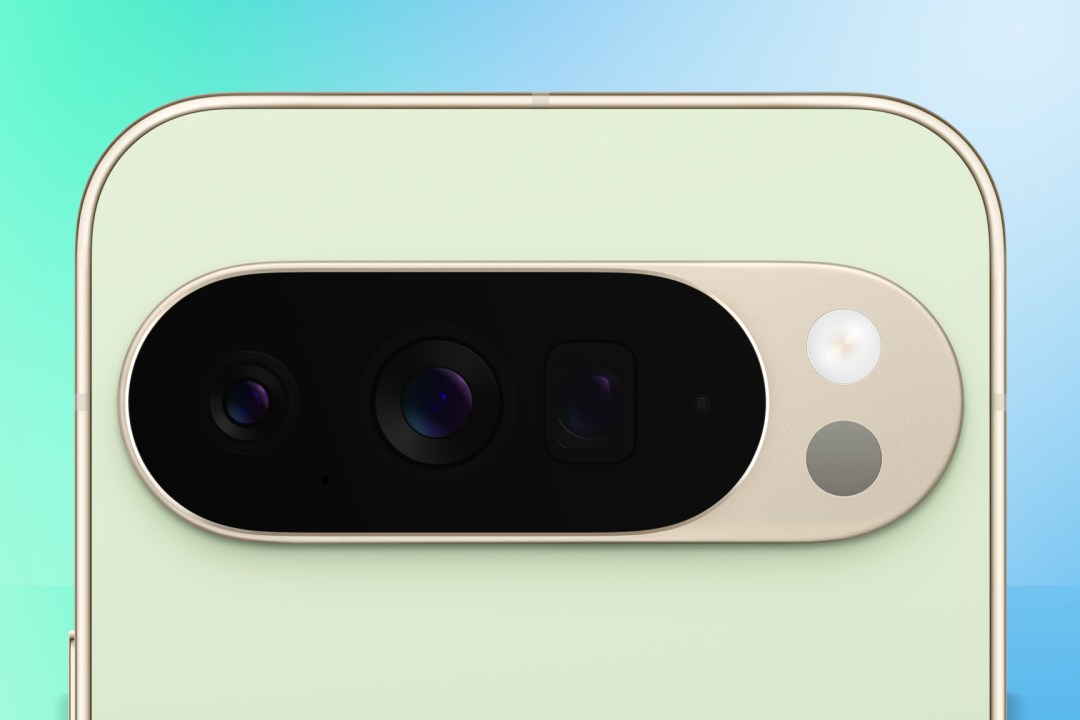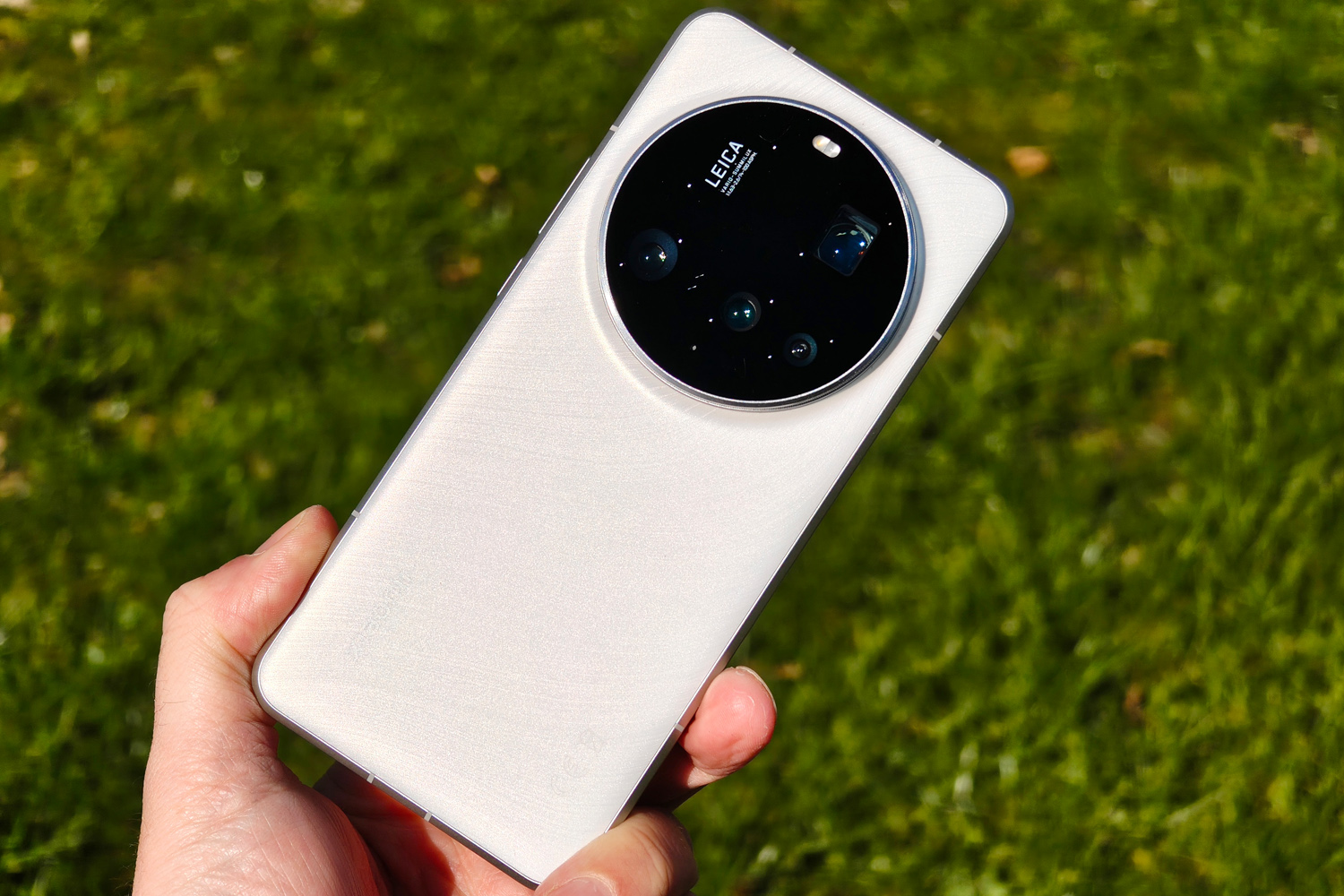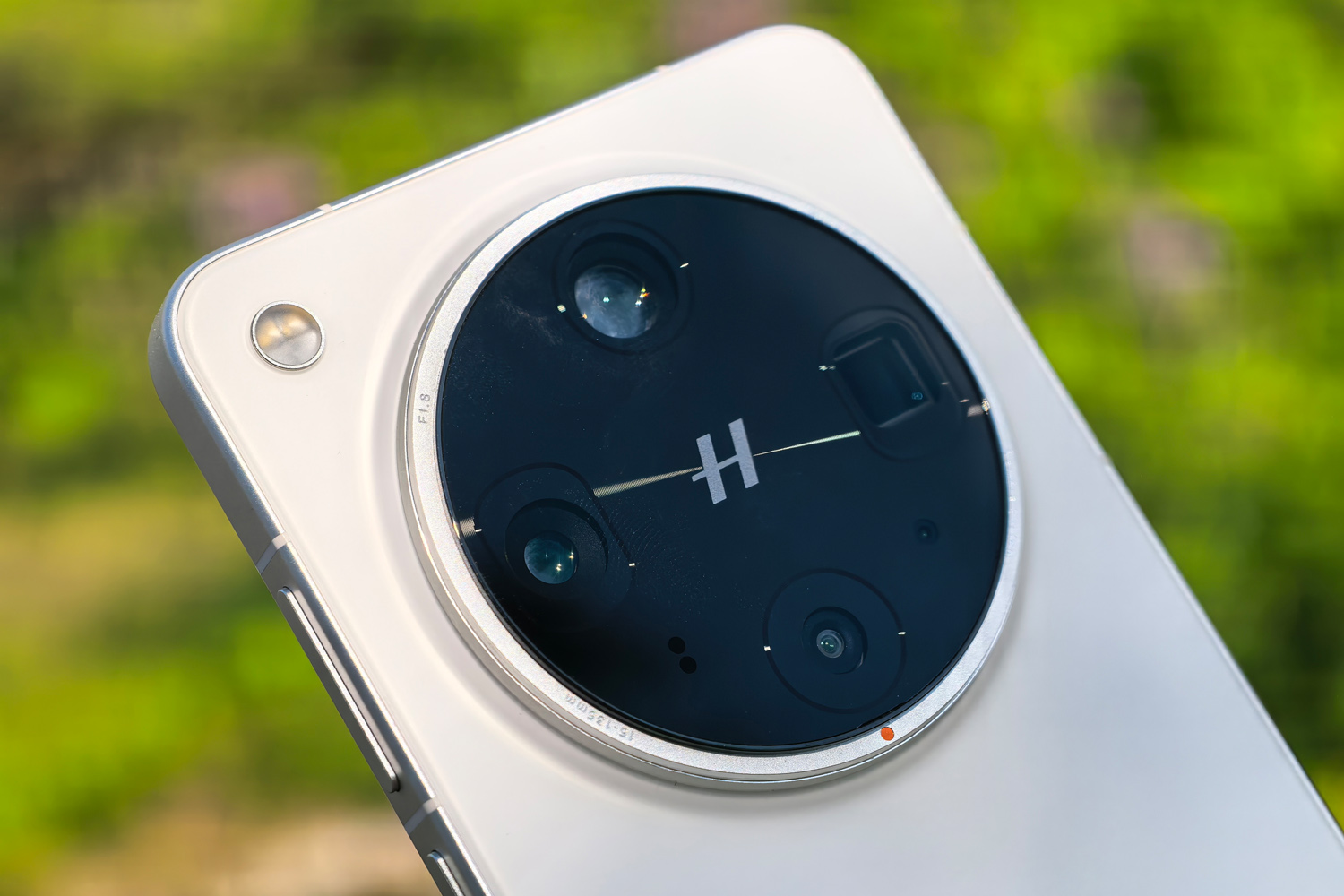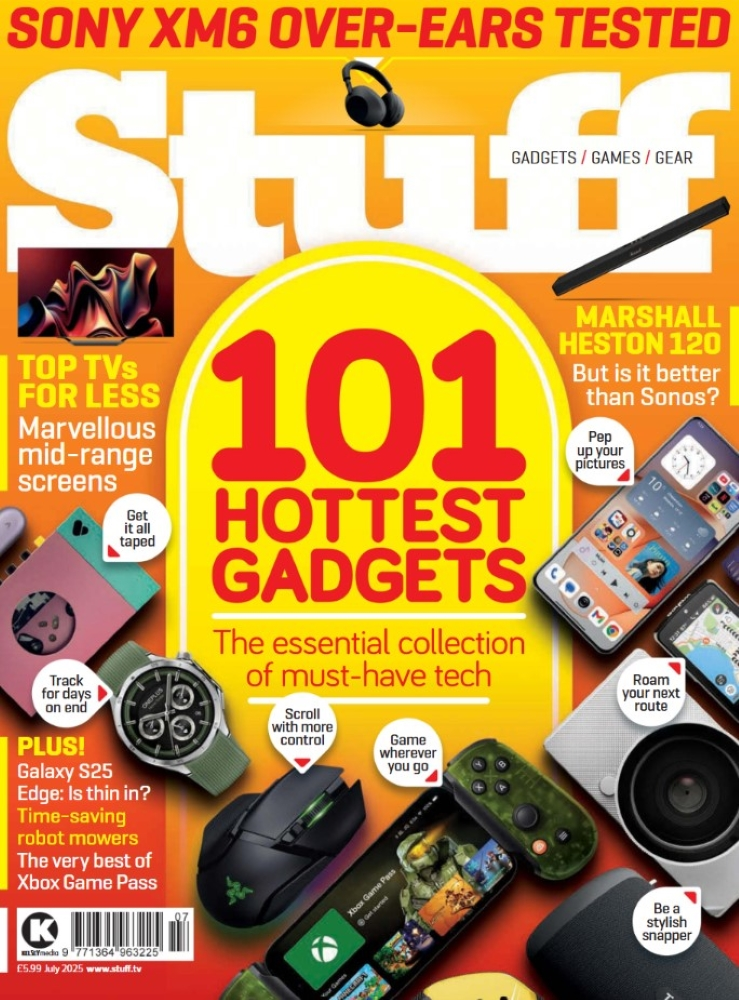I wish Google would give its phone camera hardware the same attention as its algorithms
Small improvements only go so far in the face of increasingly tough Chinese competition

They’ve only just been announced, and I’m yet to try one in person, but I’m pretty certain the new Pixel 10 series will be fantastic phones for photography. Google has priors, after all: a Pixel has competed for class honours every year since the first one landed back in 2016. But they’ve always gone about it in a predictably Google way.
The firm has been all-in on algorithms from the off, preferring to tweak its image processing pipelines rather than chase pixel counts. 50MP only became the norm when the Pixel reached its sixth generation. Google’s new cream of the crop, the Pixel 10 Pro XL, sticks with that figure four years later. It’s some way short of Samsung’s current 200MP range-topper.
Larger numbers don’t guarantee better photos, of course. The Galaxy S25 Ultra even downsamples its 200MP snaps to 12MP by default, to preserve storage space. But more megapixels make a big difference in low light. Pixel binning, or combining multiple small pixels into one big one, reduces noise and enhances detail without having to stack multiple frames together – an approach that can struggle with moving subjects.
A Pixel’s machine learning skills do account for motion. But imagine if it also had four times the pixels to work with. The combo could be the next best thing to night vision goggles.


Google hasn’t gone down the oversized sensor route, either. 1-inch snappers have quickly cemented Chinese phone brands as the new go-to’s for impeccable image quality, with the Xiaomi 15 Ultra and Oppo Find X8 Ultra capturing loads more light per squeeze of the shutter. They also create a natural bokeh blur on close-ups without needing any software fakery.
OK, the images above illustrate why going big isn’t always a good thing: extreme sensors take up an extreme amount of space, leading to colossal camera islands. Google’s pill-shape camera bar might not be to all tastes, but it’s a lot more distinctive than the identikit alternatives.
Yet if Google’s algorithms were allowed to do their thing with an even larger sensor as their starting point, you have to imagine the end results would give some digital SLRs a run for their money.


Then there’s zoom. The Vivo 200 Pro is doing astonishing things with its 3.7x telephoto sensor, which is physically more than twice the size of the latest Pixel’s 5x lens. While the Vivo might not get as close to your subject, the level of detail on offer is a league above, regardless of lighting conditions – and its high 200MP pixel count means 6x snaps are essentially lossless. The 85mm equivalent focal length is the portrait sweet spot, too.
Google reckons the Pixel 10 Pro XL can manage 10x ‘optical quality’ images through upscaling, though I’ve yet to test the theory. Either way, it’s starting from a smaller sensor that has fewer pixels. A side-by-side comparison is already in the works. I’m sure the Pixel will put up a heck of a fight, but once again you could argue it’s working with a hardware handicap.
Which just begs the question: what could a theoretical Pixel 10 Ultra achieve? Give it a 1in lead sensor. Throw in the excellent ultrawide from the Sony Xperia 1 VII. Then add an oversized telephoto lens. Maybe even two, with one shorter zoom for portraits and another for longer-distance details – or go down the same shifting focal length route as the Huawei Pura 80 Ultra. Then we’d truly know how much heavy lifting all that software is doing.

